Potted Lychee Trees – Tips For Growing Lychee In A Container
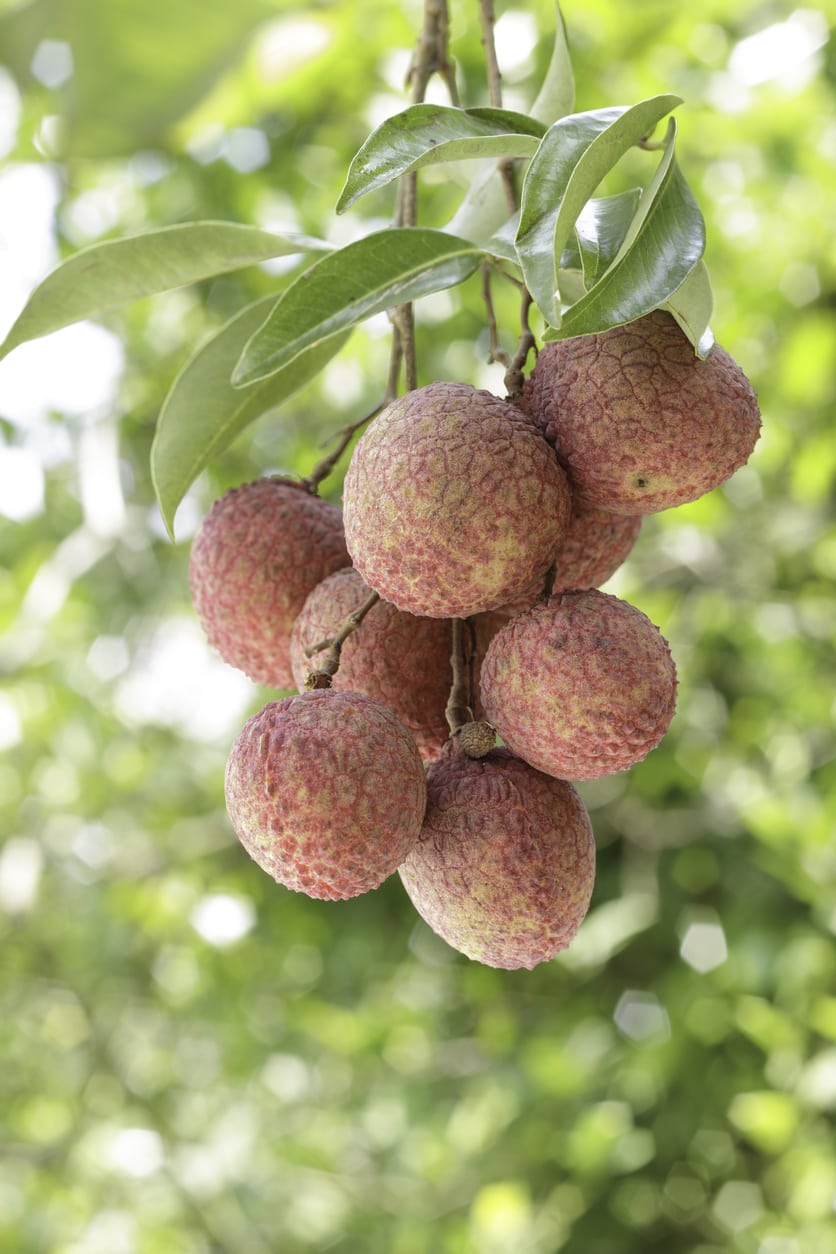

Potted lychee trees are not something you see often, but for many gardeners this is the only way to grow the tropical fruit tree. Growing lychee indoors isn’t easy and takes a lot of special care, warmth, and sunlight.
Growing Lychee in a Container
Lychee is a flowering and fruiting tree that can grow as tall as 30 to 40 feet (9-12 m.). It is native to southern China and needs a warm climate to grow; the lychee is only hardy to zones 10 and 11. The fruit, which is really a drupe, grows in clusters. Each one is a pink, bumpy shell encasing the edible part. The white, almost transparent interior is juicy and delicious. Since lychee is a tropical tree, it isn’t an option for many gardens. However, although this tree can be quite large outdoors, it is possible to grow lychee in pots. You may be able to find a young tree at a nursery, but you can also start a tree from the seeds. Just save them from the fruit you eat and grow seedlings in a warm, moist location. When ready, transfer your small tree to a larger container and provide all the right conditions to help it grow:
- Lots of water. Lychee needs plenty of water to thrive. Don’t lapse on watering your tree either. There is no winter dormant period for lychee, so keep watering it regularly year-round. Lychee also likes humid air, so spritz the leaves often.
- Ample sunlight. Make sure your lychee tree has a spot where it can get as much sunlight as possible. Rotate your container grown lychee to make sure it gets even light too.
- Acidic soil. For the best results, your tree needs soil that is acidic. A pH of between 5.0 and 5.5 is best. The soil should also drain well.
- Occasional fertilizer. Your tree will benefit from occasional light fertilizing. Use a weak liquid fertilizer.
- Warmth. Potted lychee trees really need to be kept warm. If you have a greenhouse, that is the best place for it in the colder months. If not, be sure you have a warm spot for it in the house.
Lychee is not the most ideal plant for an indoor container, and you may find that your tree never develops fruit. In order for fruiting to occur, it helps to allow the plant to spend spring and summer outdoors where proper pollination can take place. Just be sure to move the plant back inside prior to the return of cool temps. Even if you don’t get fruit, as long as you give it the right conditions and take care of it, your container grown lychee will be a pretty indoor plant.
Gardening tips, videos, info and more delivered right to your inbox!
Sign up for the Gardening Know How newsletter today and receive a free copy of our e-book "How to Grow Delicious Tomatoes".

Mary Ellen Ellis has been gardening for over 20 years. With degrees in Chemistry and Biology, Mary Ellen's specialties are flowers, native plants, and herbs.
-
 Try The Trend – Turn Any Bed Into A Keyhole Garden With This Clever In-Ground Composter
Try The Trend – Turn Any Bed Into A Keyhole Garden With This Clever In-Ground ComposterKeyhole gardening is an efficient and sustainable practice that saves space. Get started on this DIY project quickly and easily with an in-ground composter.
By Bonnie L. Grant
-
 4 Superfast Composting Methods: Turn Waste Into Garden Gold In 30 Days Or Less
4 Superfast Composting Methods: Turn Waste Into Garden Gold In 30 Days Or LessTry the fastest composting methods to turbocharge your pile and transform kitchen scraps and garden waste into finished compost in just a few weeks.
By Mary Ellen Ellis
-
 No Fruit On Lychee Tree: What To Do When Your Lychee Isn’t Fruiting
No Fruit On Lychee Tree: What To Do When Your Lychee Isn’t FruitingLychee is a delicious tropical fruit but what if your lychee won’t produce? There are a couple of reasons for no fruit on a lychee. If a lychee isn’t fruiting, you’ve come to the right place. Click this article to find out how to make a lychee tree fruit.
By Amy Grant
-
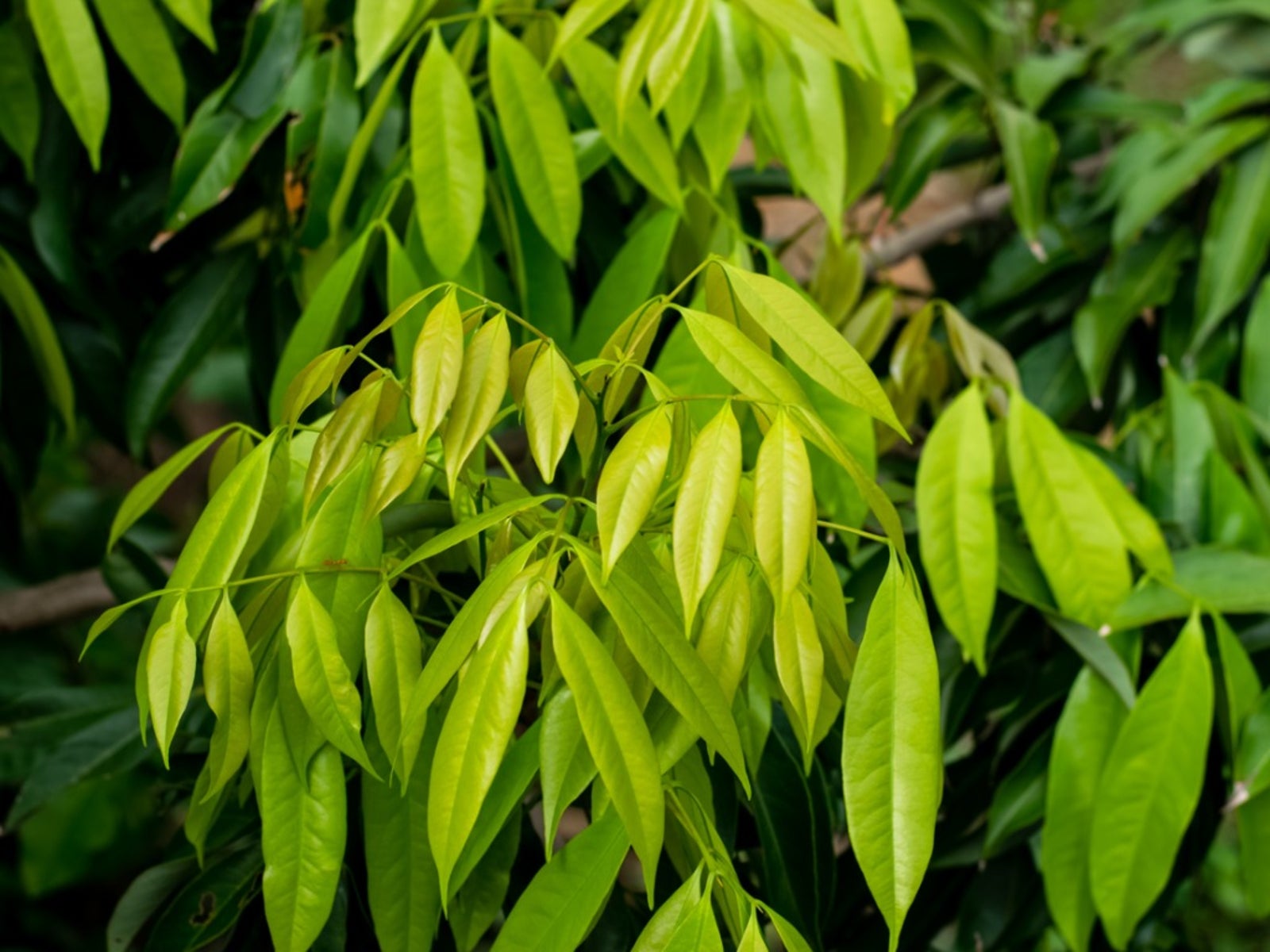 Pests Of Lychee Trees: Learn About Common Bugs That Eat Lychee
Pests Of Lychee Trees: Learn About Common Bugs That Eat LycheeLychee trees produce delicious fruit, but they are also beautiful, majestic trees in their own right. But even lovely lychee trees are not pest free. Lychee pests can cause problems for the homeowner, given its size. Click here for information on bugs that eat lychee fruit.
By Teo Spengler
-
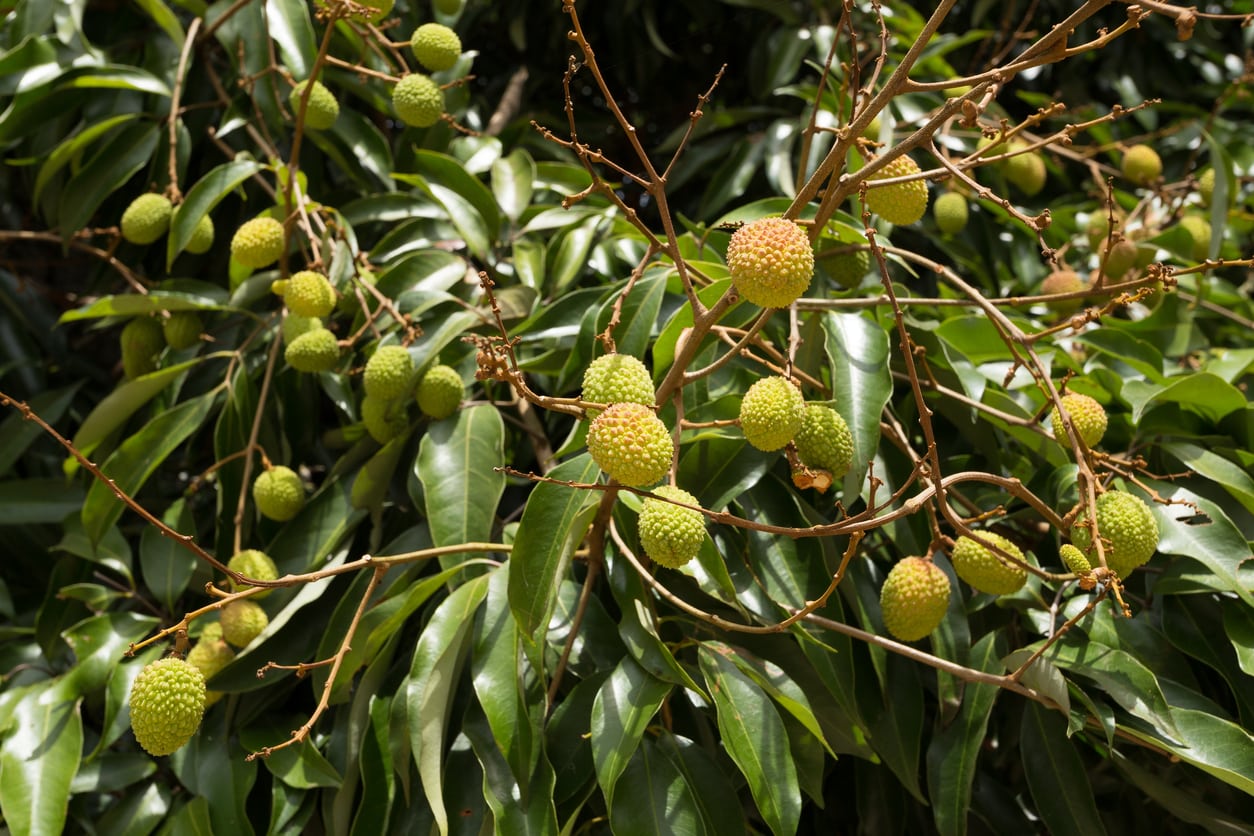 Treating A Sick Lychee Tree – Learn How To Manage Lychee Diseases
Treating A Sick Lychee Tree – Learn How To Manage Lychee DiseasesWhile it is nice to grow different plants in the landscape that not everyone else in the neighborhood is growing, you may feel completely lost and alone if problems occur on an exotic plant. Like any plant, Lychee trees can experience certain disease problems. Learn more here.
By Darcy Larum
-
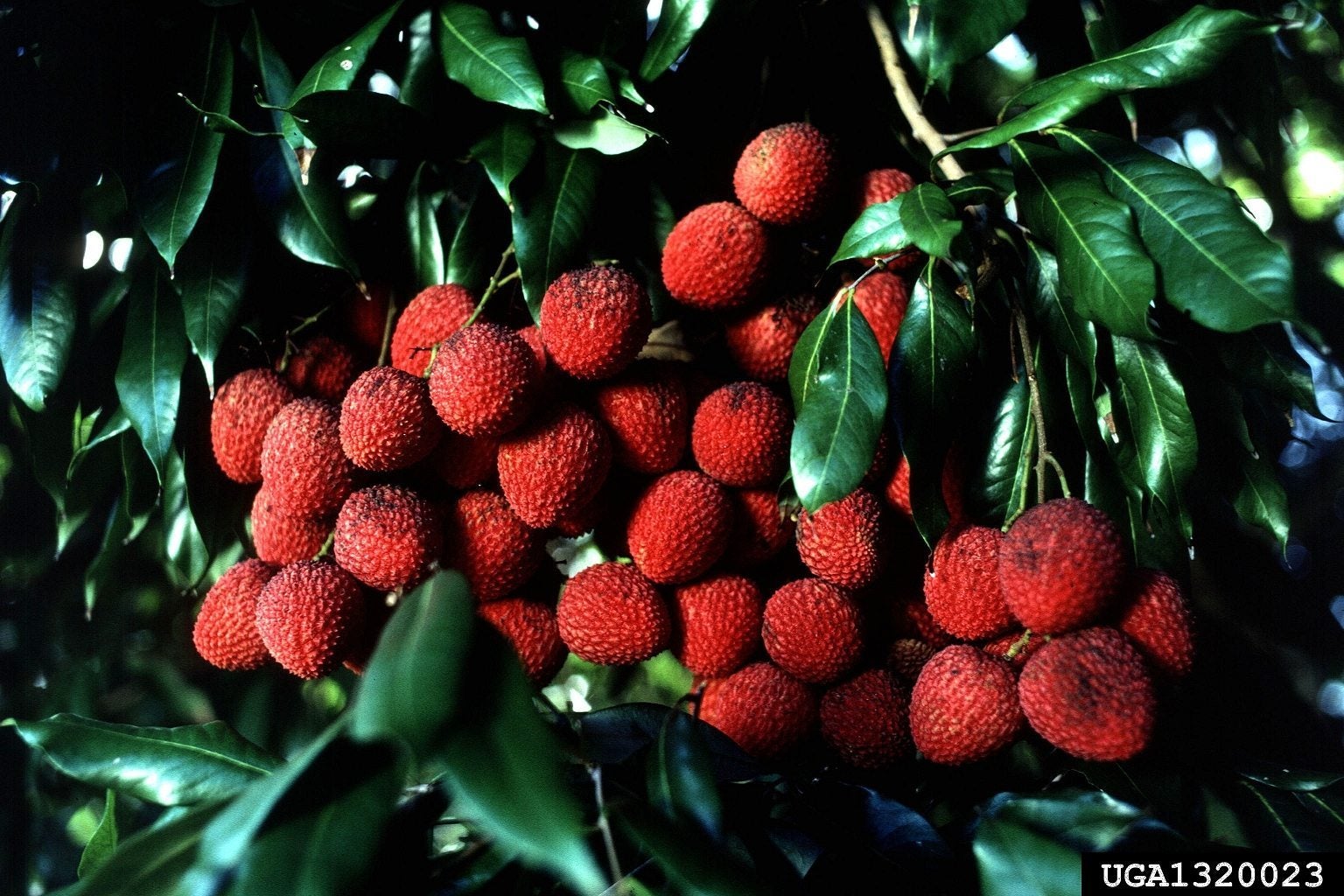 What Is Lychee Girdling: Does Lychee Girdling Work
What Is Lychee Girdling: Does Lychee Girdling WorkGirdling is a standard practice in lychee production. The process does result in higher yields if done at the right time of the year, but it isn't recommended as a consistent practice. Learn when and how to girdle a lychee for increased productivity in this article.
By Bonnie L. Grant
-
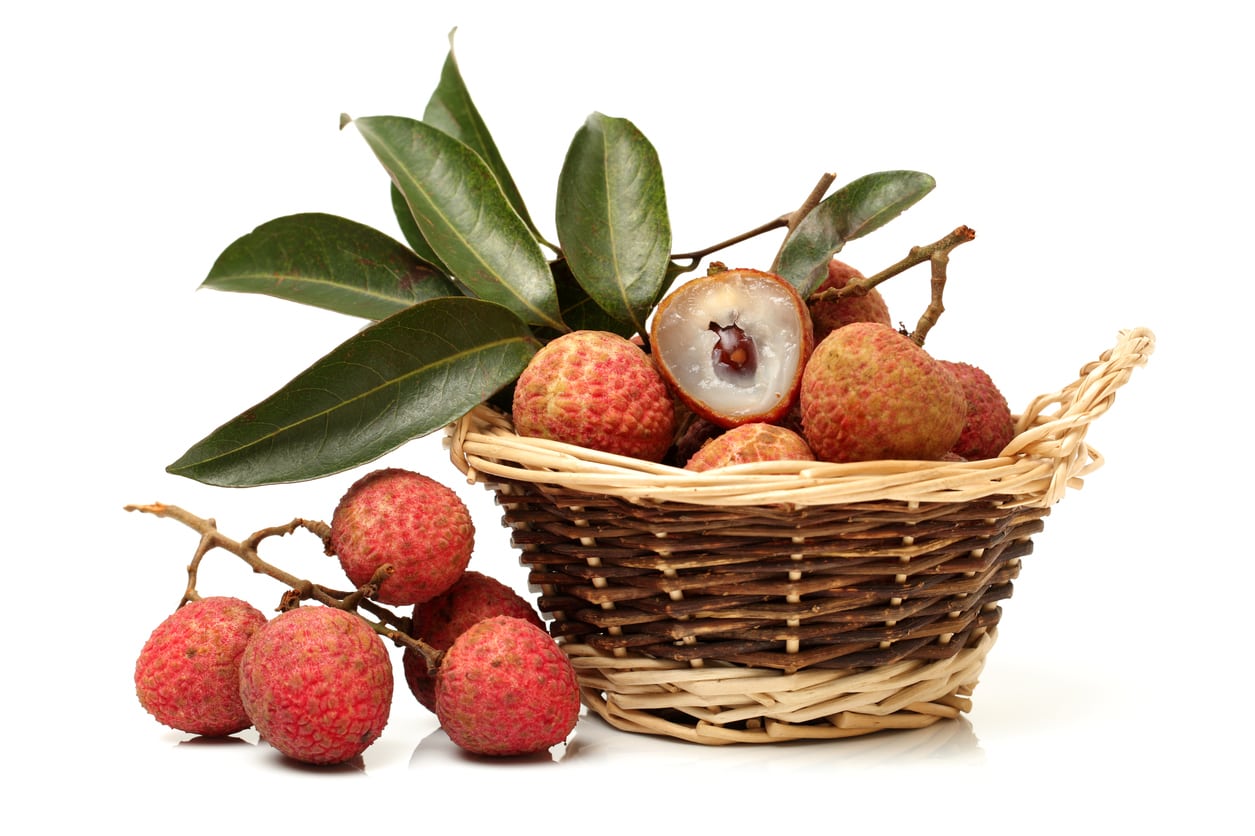 How To Harvest Lychees – Tips For Harvesting Lychee Fruit
How To Harvest Lychees – Tips For Harvesting Lychee FruitLychees are an extremely popular fruit gaining more traction around the world. If you live in a warm enough climate, you might be lucky enough to have a tree in your backyard. If you do, you're probably interested in how and when to harvest lychee fruit. This article will help.
By Liz Baessler
-
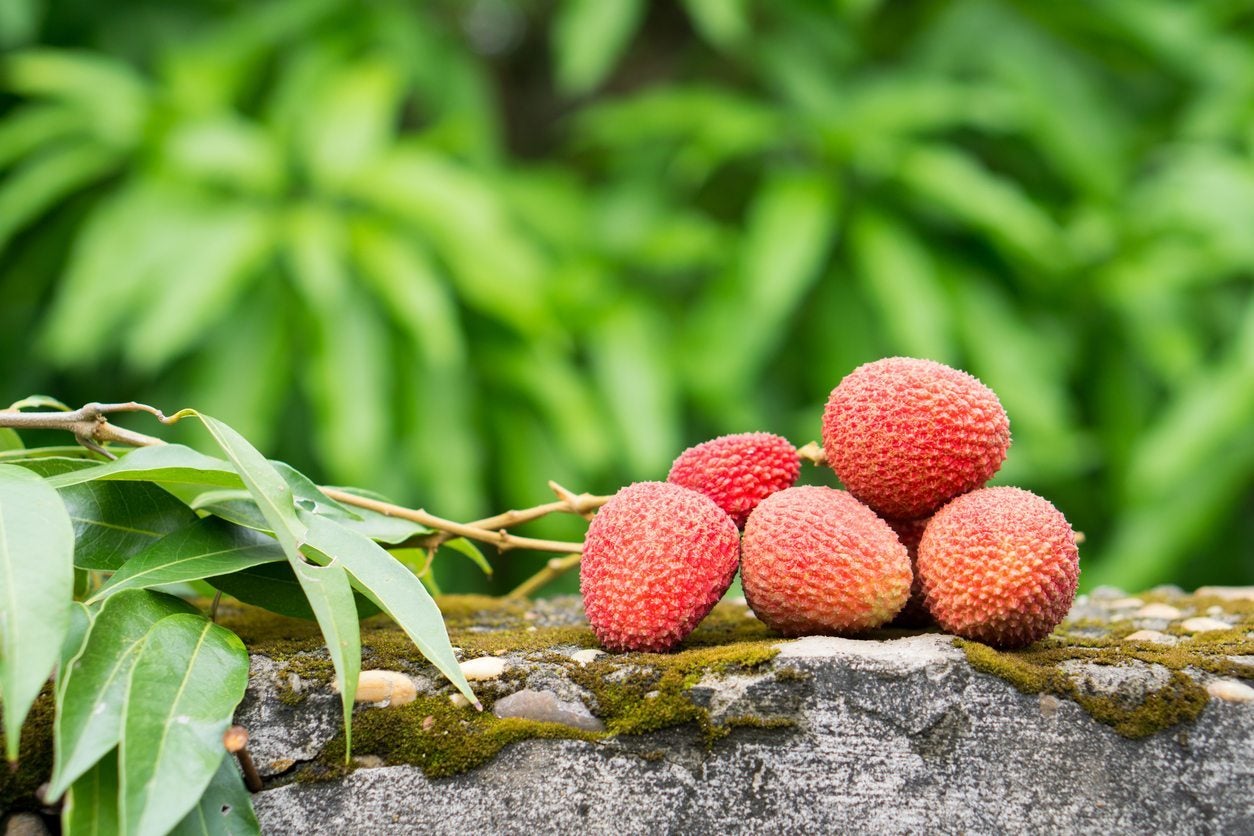 Tips For Lychee Trimming – Learn How To Prune A Lychee Tree
Tips For Lychee Trimming – Learn How To Prune A Lychee TreeLychee has been grown and cultivated for thousands of years in subtropical regions of Asia and is becoming popular in suitable areas in the U.S. Properly timed lychee tree pruning can help them produce steadier, higher fruit yields. Learn how to cut back a lychee tree here.
By Darcy Larum
-
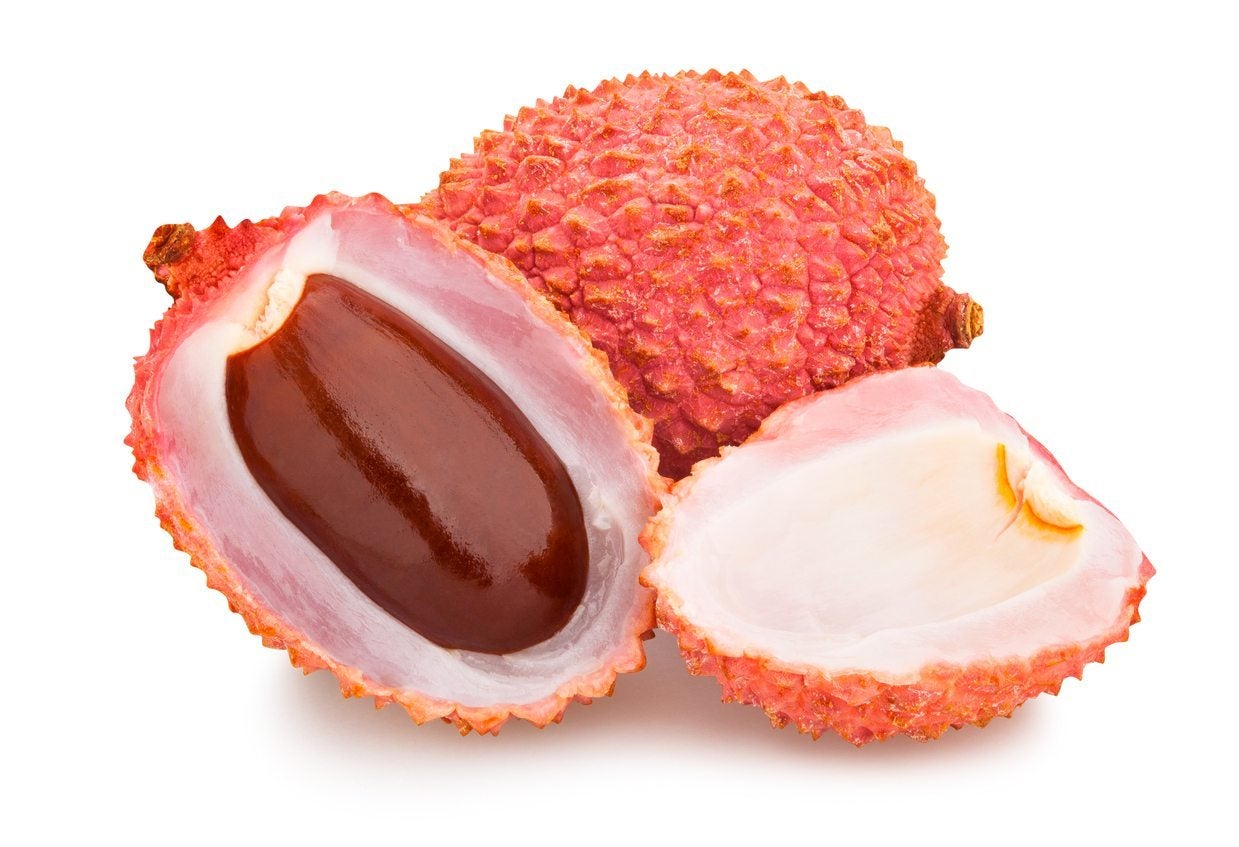 Planting Lychee Seeds: A Guide To Lychee Seed Propagation
Planting Lychee Seeds: A Guide To Lychee Seed PropagationLychees are a beloved Southeast Asian fruit that are steadily becoming more popular worldwide. If you?ve ever bought fresh lychees at the store, you?ve probably been tempted to plant those big seeds and see what happens. Click here for lychee seed growing info.
By Liz Baessler
-
 Problems With Lychee Trees: Common Lychee Pests And Diseases
Problems With Lychee Trees: Common Lychee Pests And DiseasesLychee trees are relatively easy to grow and some people in northern climates even grow this warm-weather plant indoors. However, the tree isn't immune to its share of problems. Click here to learn about potential problems with lychee trees.
By Mary H. Dyer